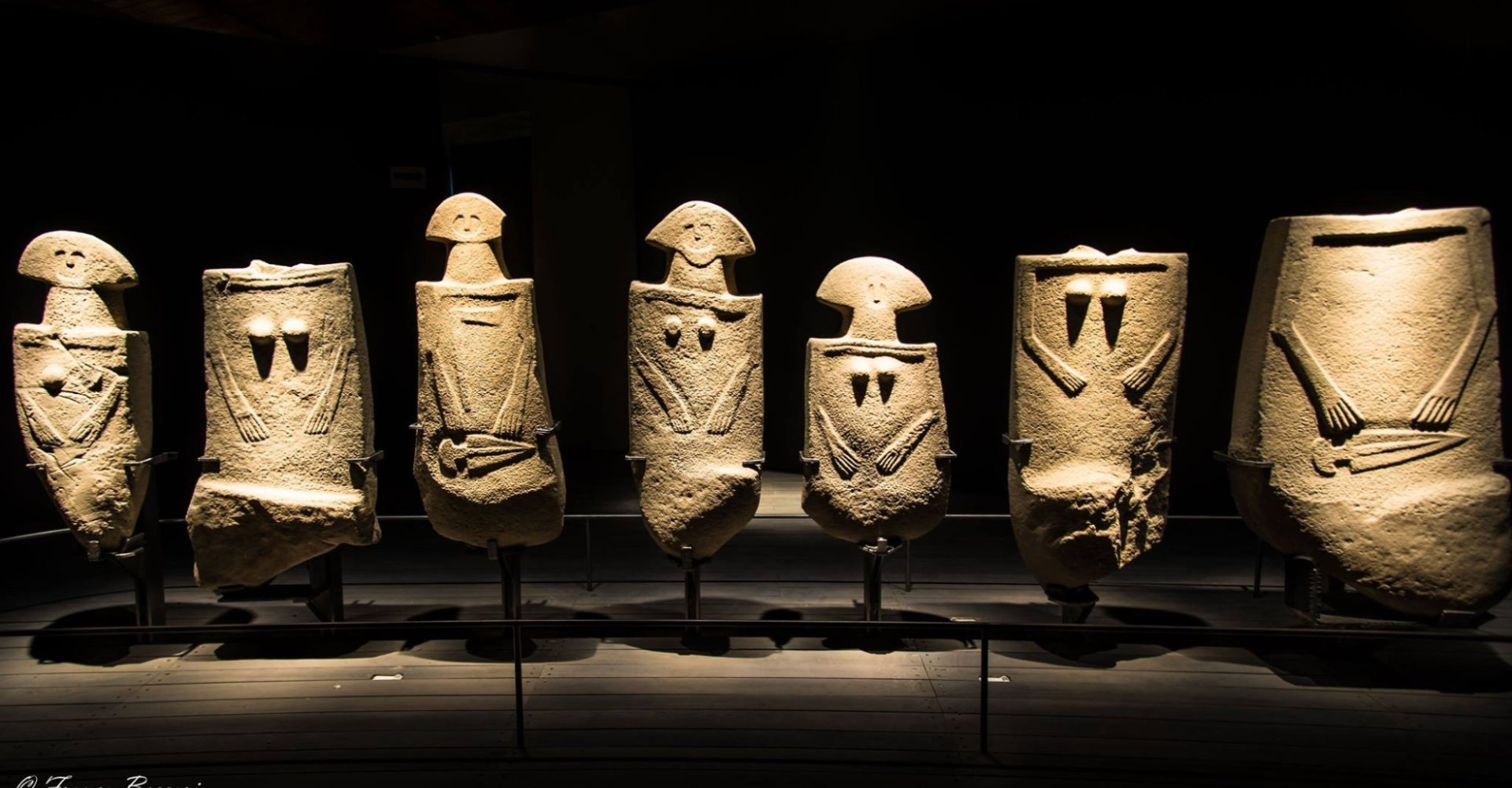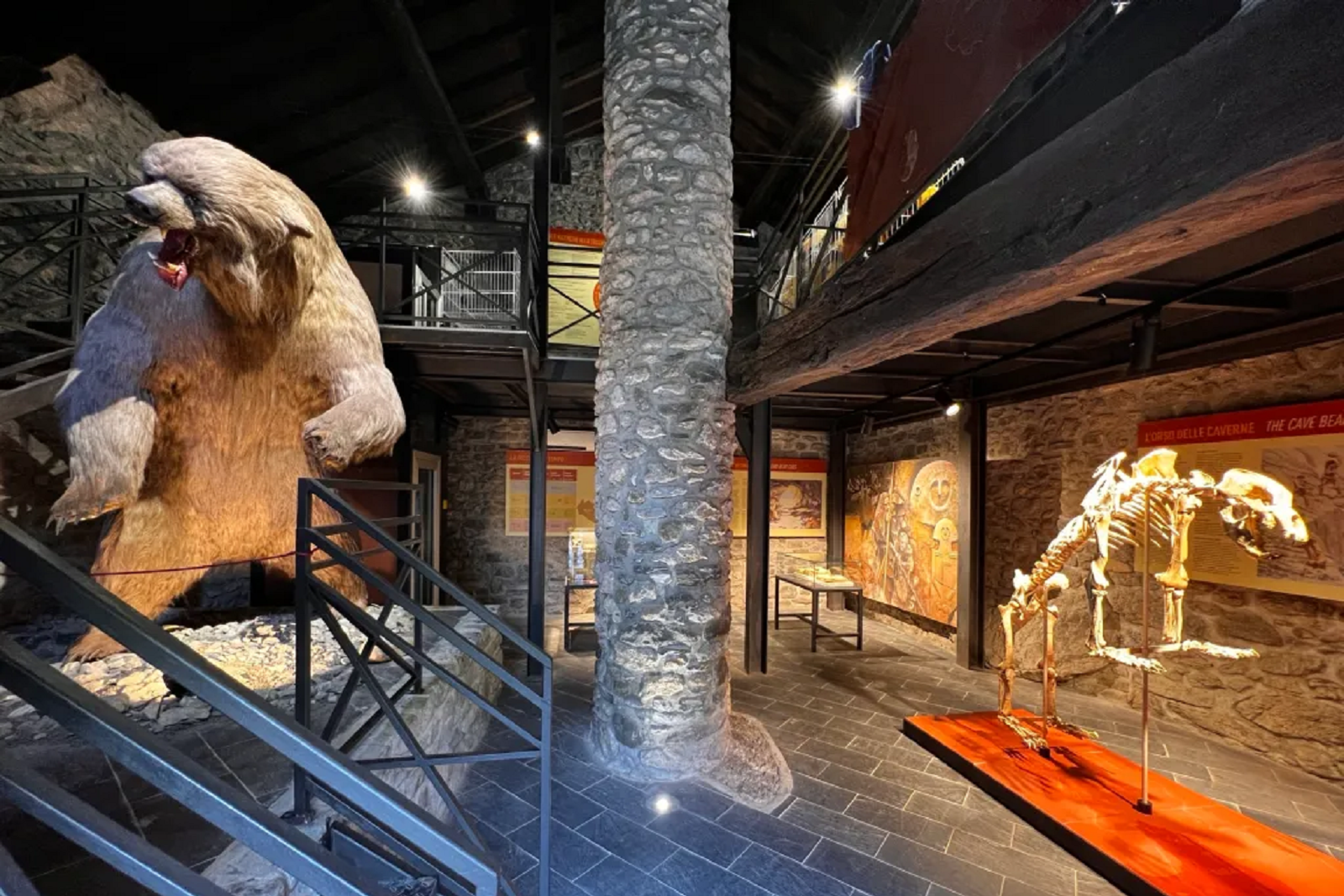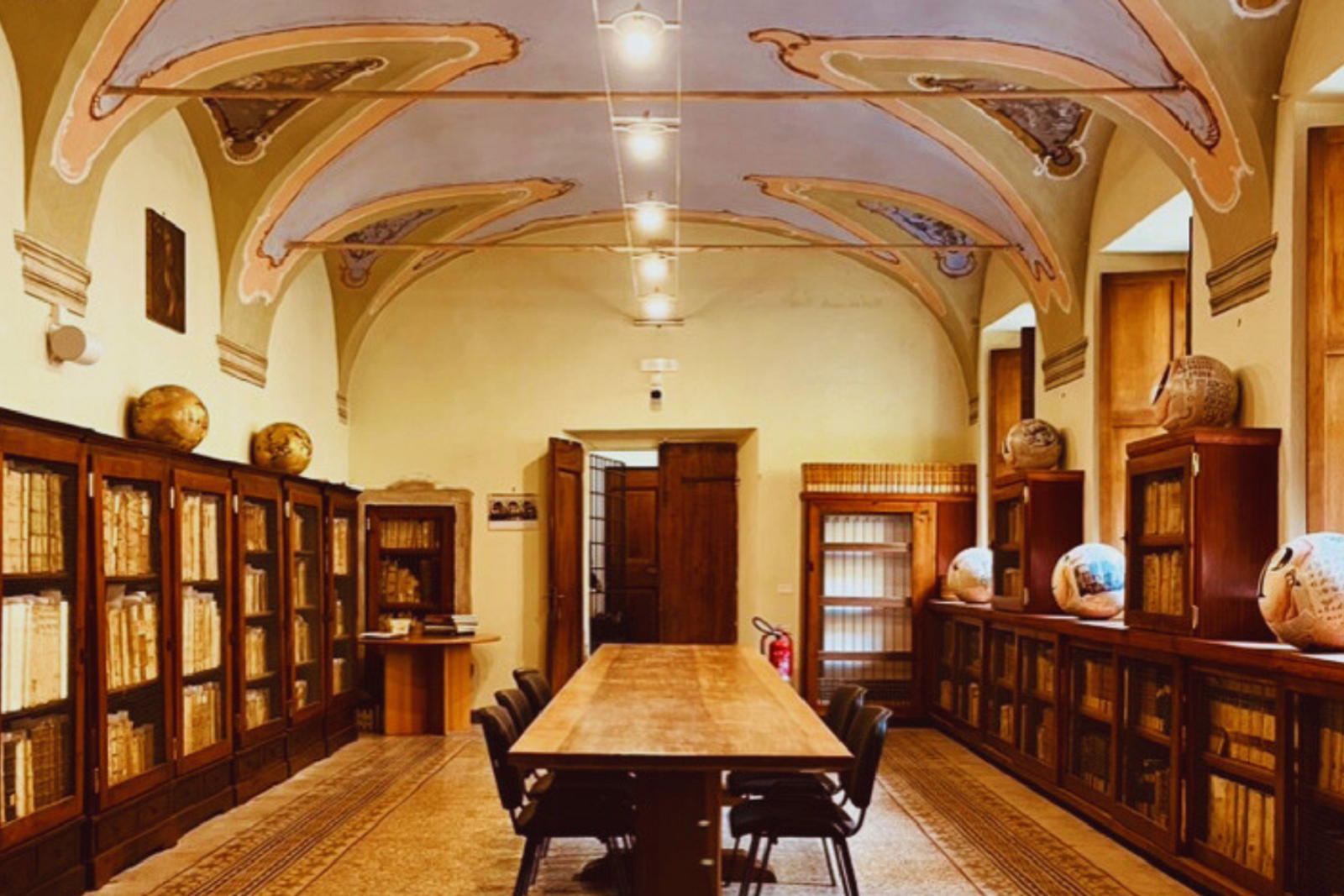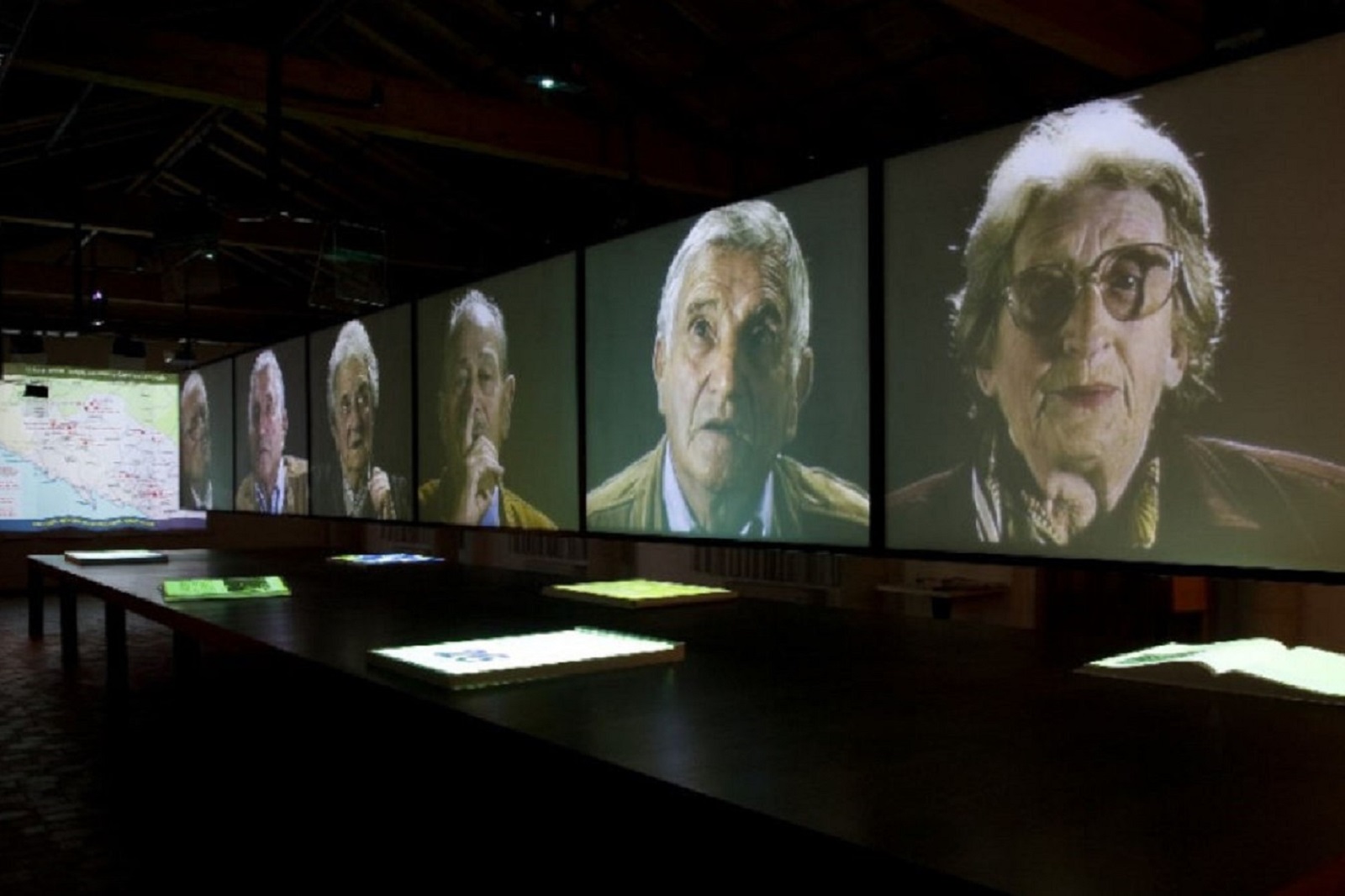
Photo © Franco Beccari
Photo © Franco Beccari

Visiting the museums of Lunigiana, today included in the provincial network "Terre dei Malaspina e delle Statue Stele", means taking a journey into local history, from Prehistory to the twentieth century, to better understand the experience of the territory and its people.
Today, much of the history and cultural tradition of Lunigiana is in fact contained in the many museums scattered throughout the territory, where the memory of the past and the understanding of the present strengthen each other, passing on the incredible cultural heritage.


